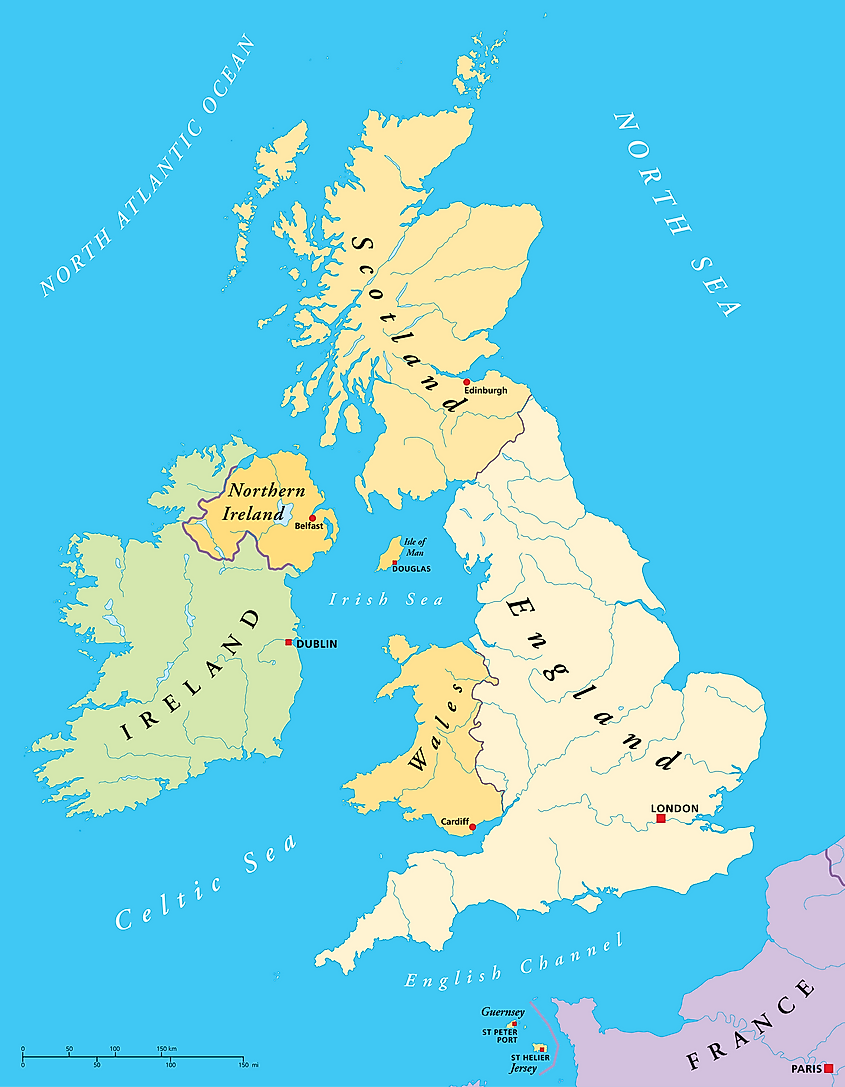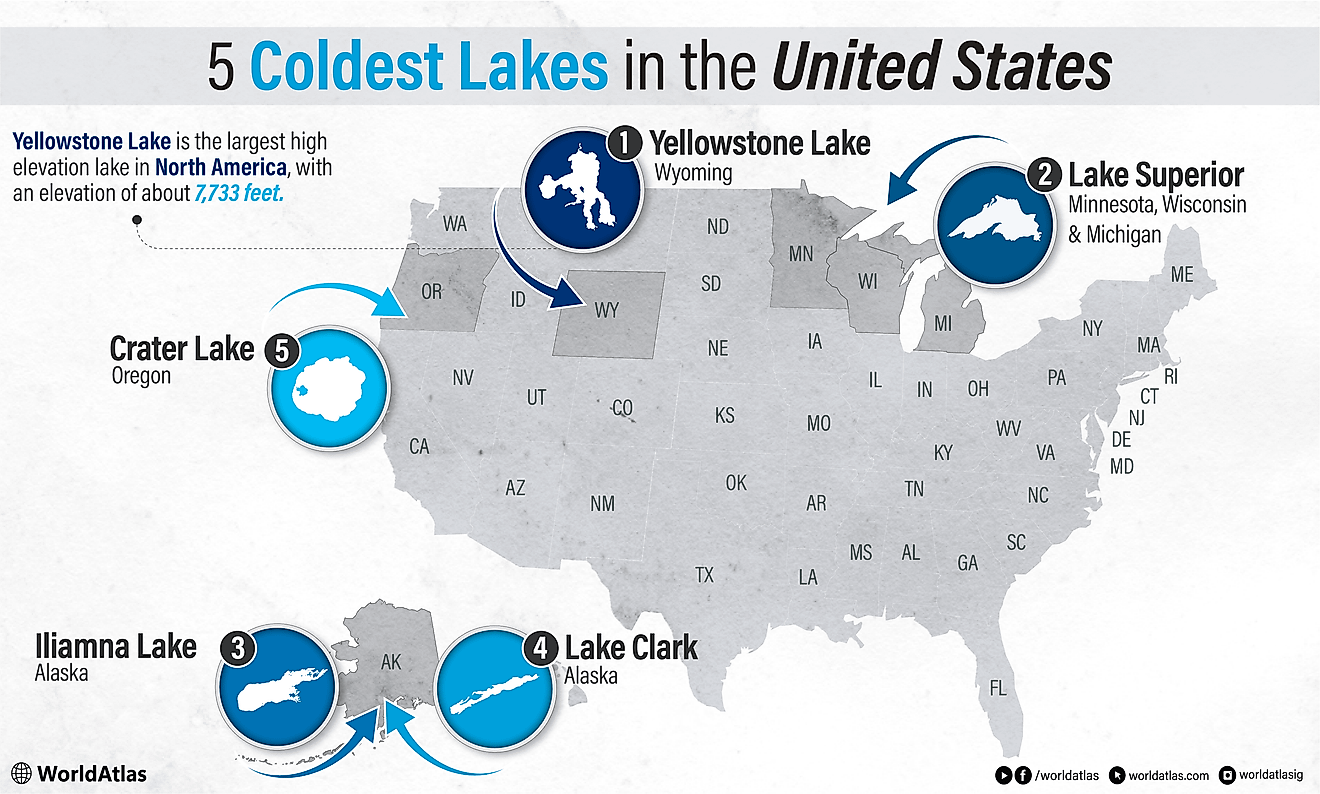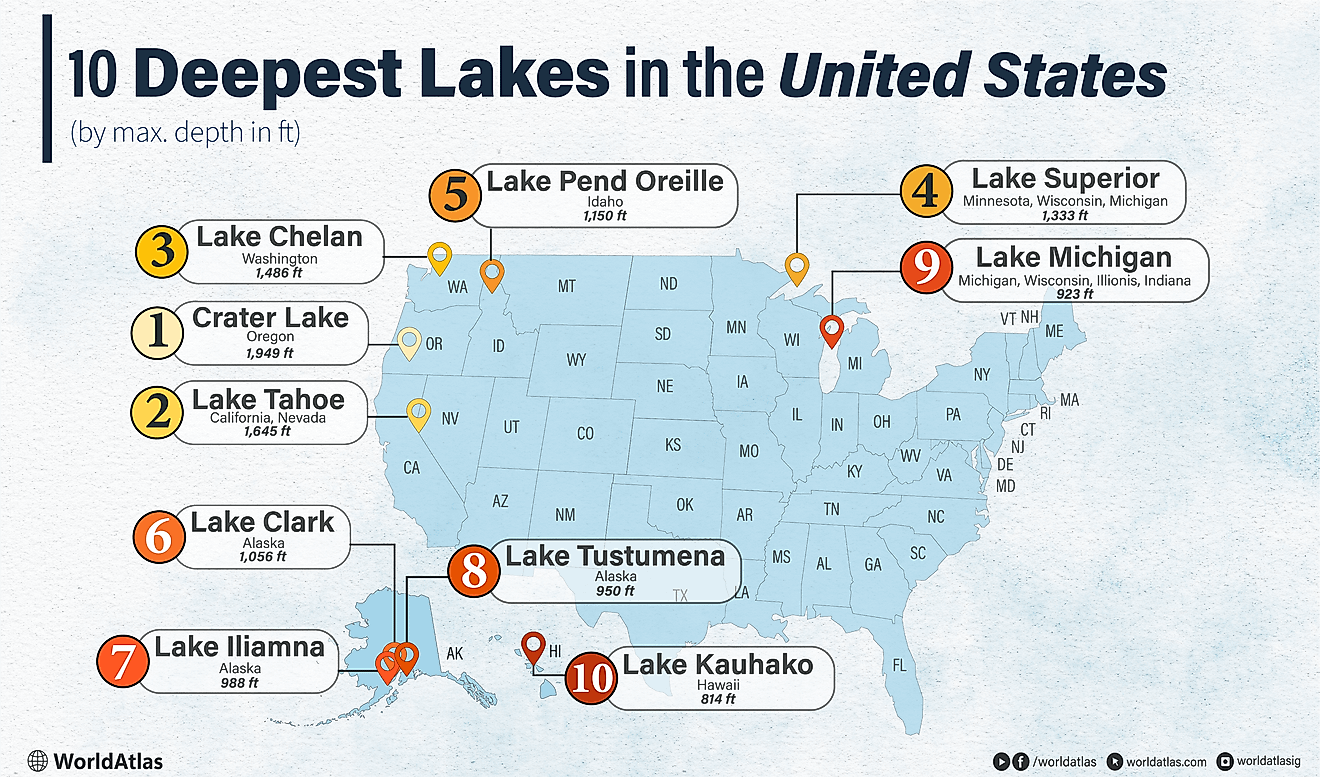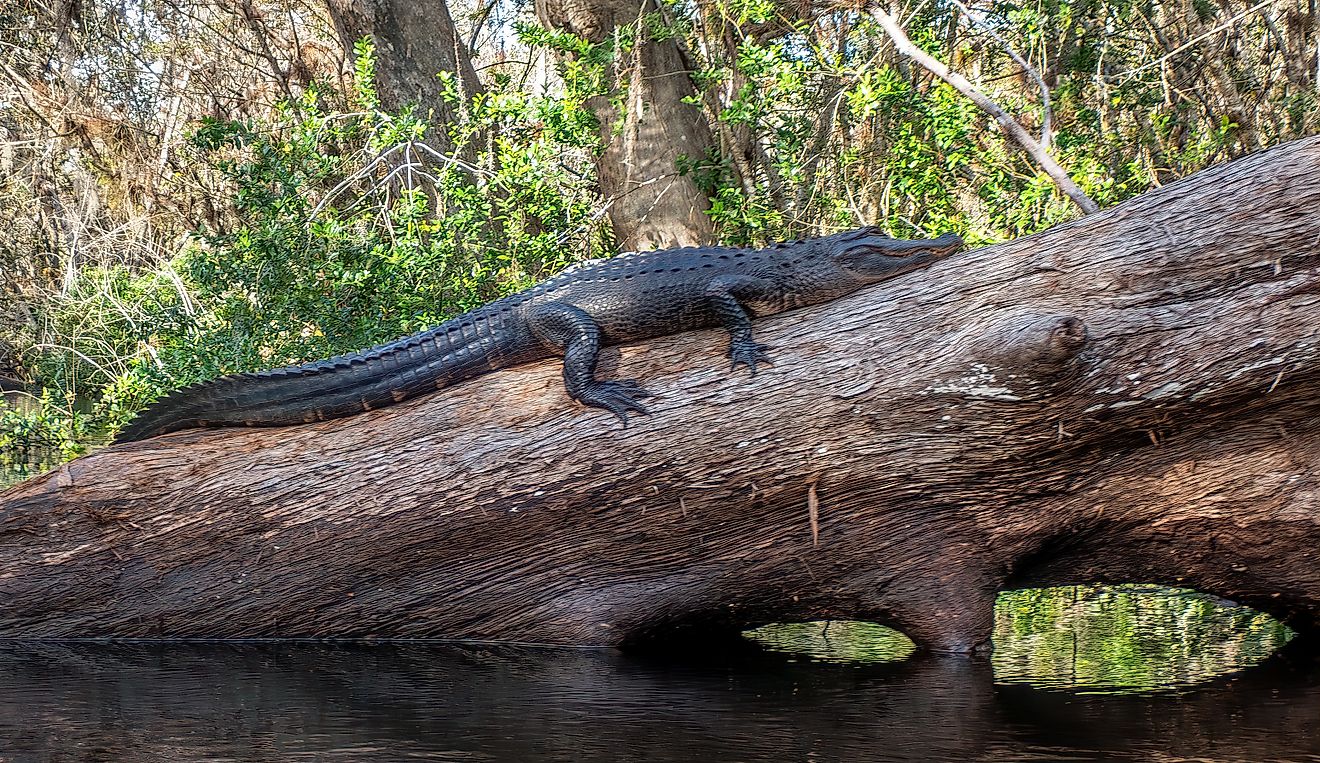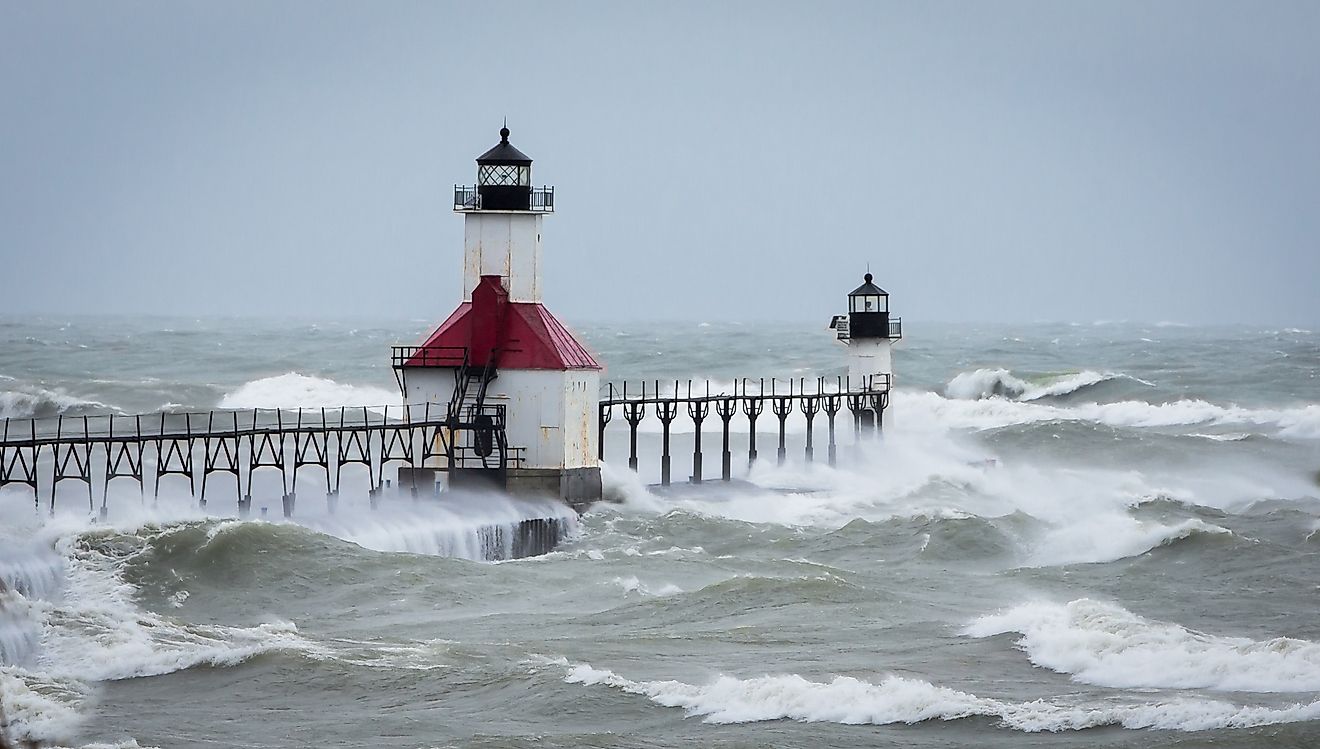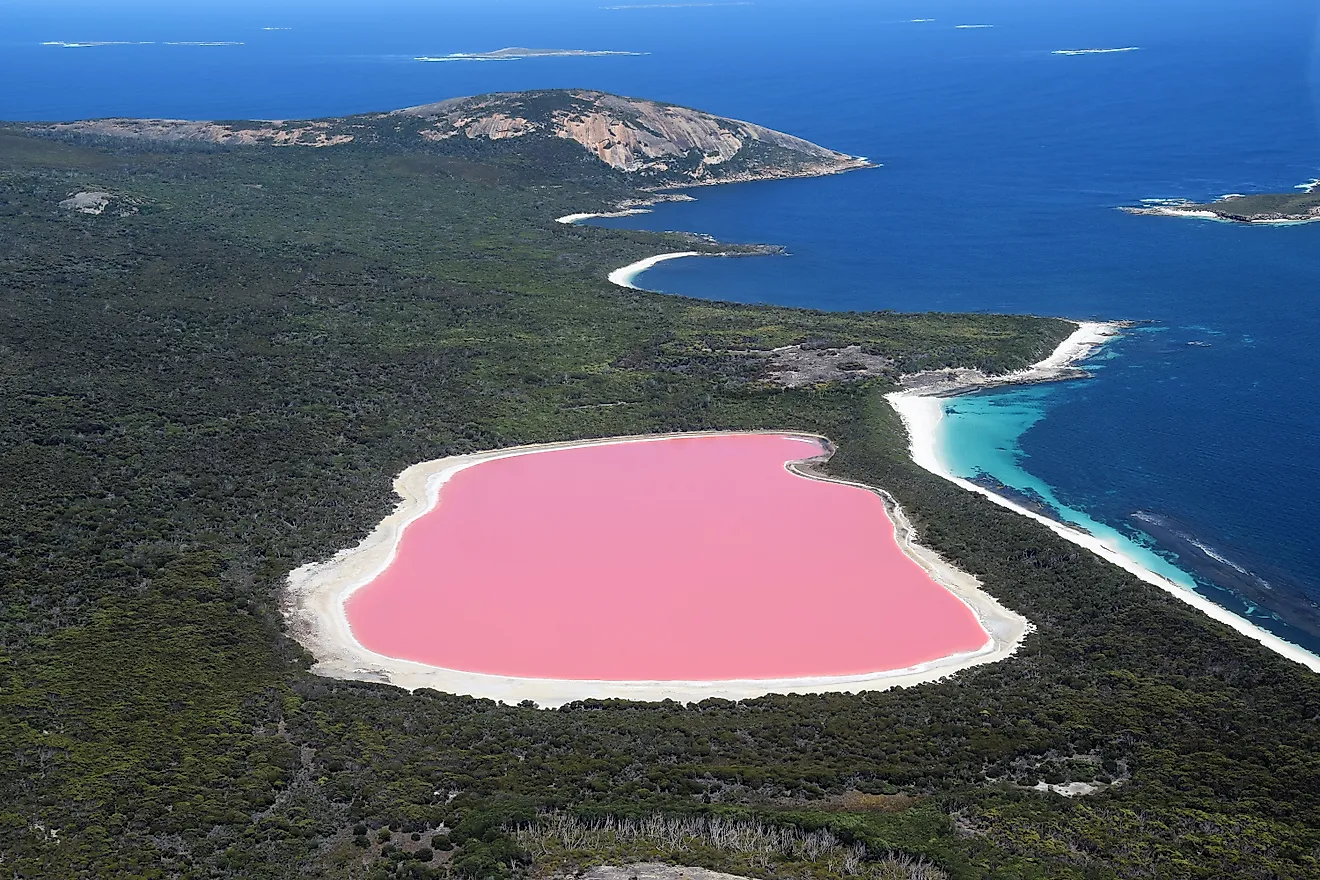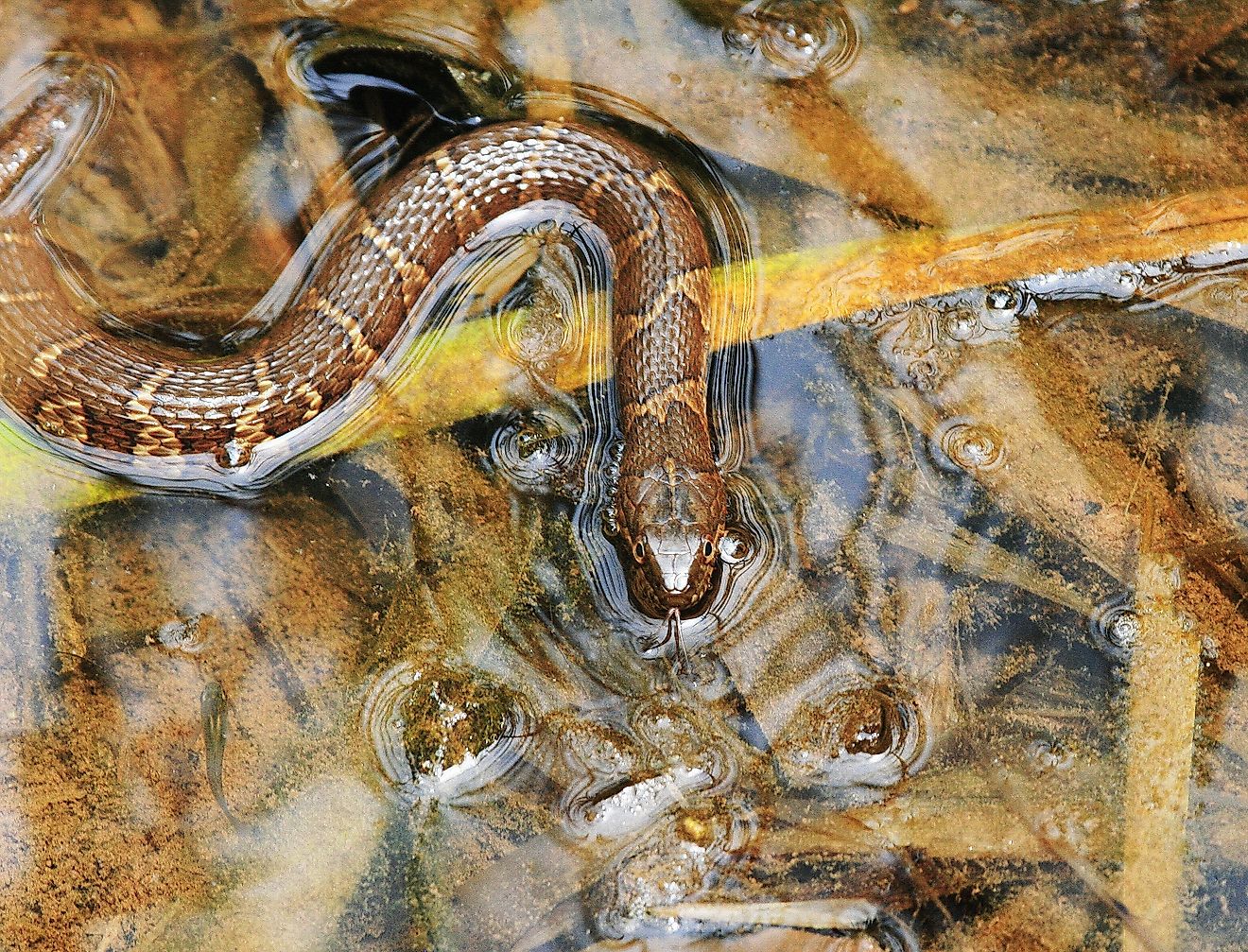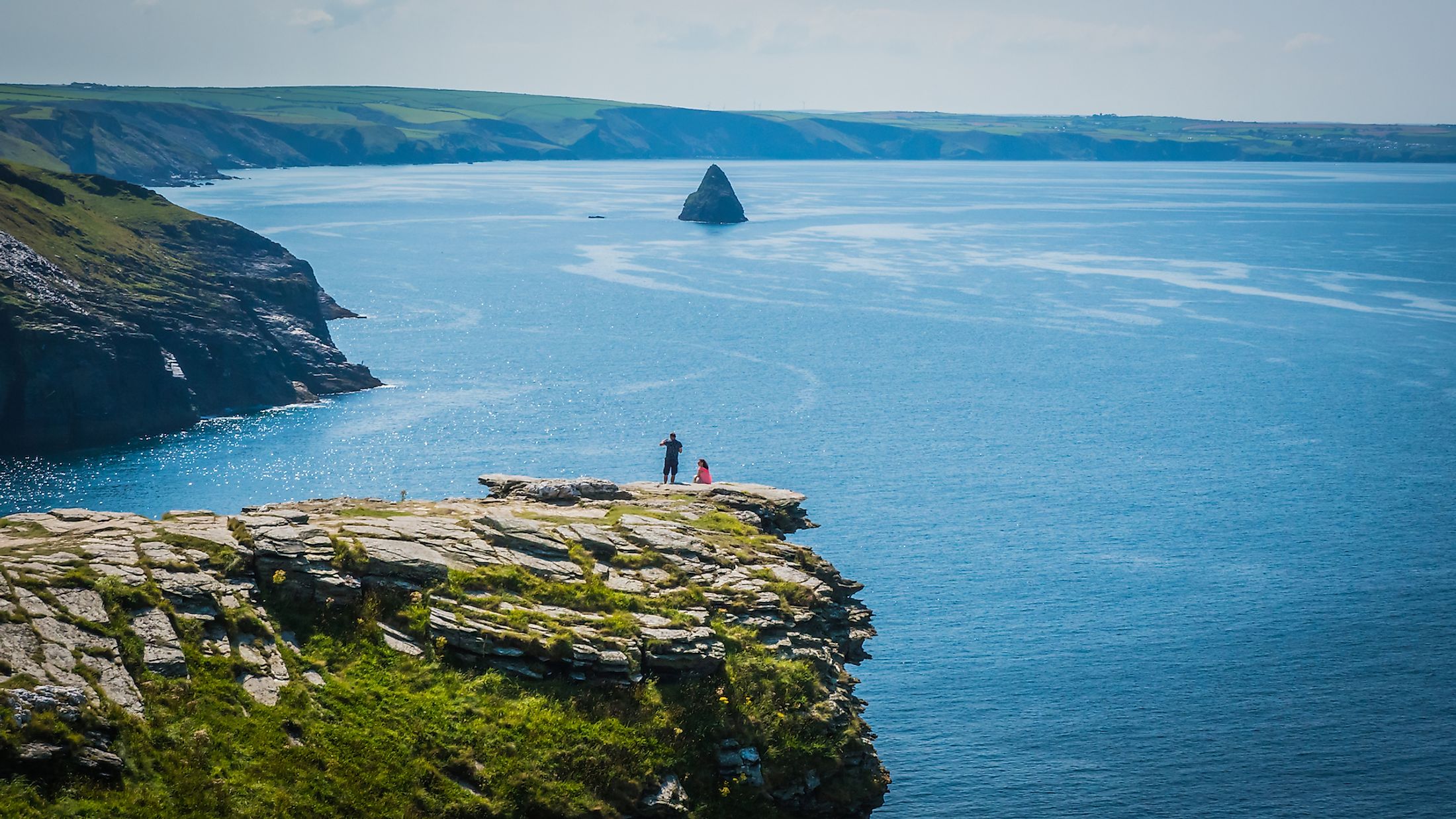
Celtic Sea
Covering an area of 300,000 sq. km, the Celtic Sea is a part of the Atlantic Ocean. It is located to the south of the Republic of Ireland. It is bordered in the northeast by the St. George’s Channel and in the east by the English Channel and the Bristol Channel. The other limits of the sea include the Bay of Biscay, the Bristol Channel, and the adjacent portions of Brittany, Cornwall, and Wales. The southern and western boundaries of the Celtic Sea are not clearly defined.
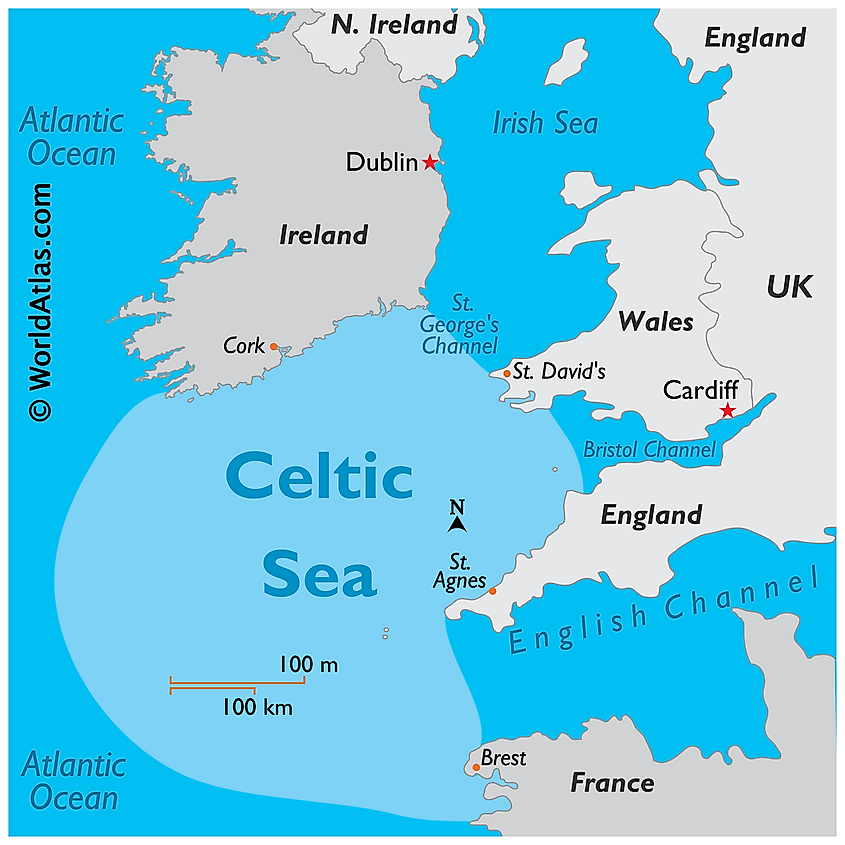
Important Geographic Features
Referred to as the Celtic Shelf, the seabed under the Celtic Sea is a part of the European continental shelf. The rivers from the countries of England, Ireland, France, and Wales drain into the Celtic Sea. An archipelago of small islands known as the Isles of Scilly is located in the Celtic Sea. The Isles of Scilly are an archipelago comprising 5 inhabited islands and more than 140 rocky islets. The 5 islands are St. Mary’s, Tresco, St. Martin’s, Bryher, and St. Agnes. These islands are recognized as areas that have exceptional natural beauty. Tourism accounts for about 85% of the total income of the islands.
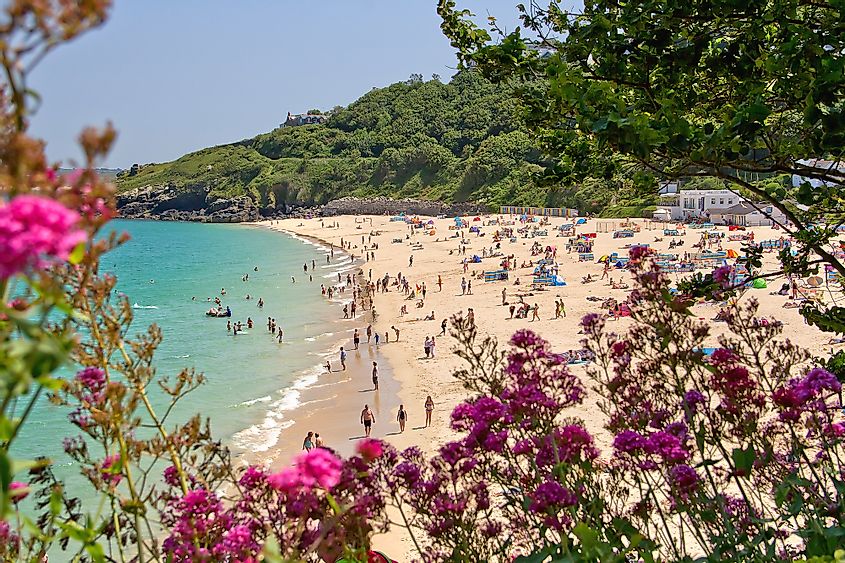
Marine Life
The Celtic Sea had an abundance of marine mammals in the past. The fisheries of the sea are considered to be overexploited. Currently, the four cetacean species that are frequently found in the Celtic Sea include the common bottlenose dolphin (Tursiops truncatus), the minke whale (Balaenoptera acutorostrata), the short-beaked common dolphin (Delphinus delphis), and the harbor porpoise (Phocoena phocoena).
Brief History
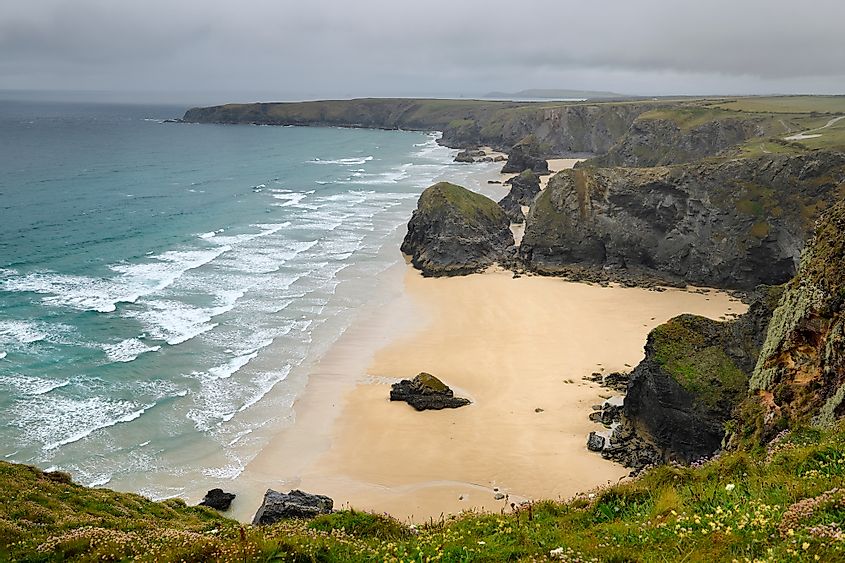
High winds and rain storm at Bedruthan Steps sea stacks and sand beach on Celtic Sea coastline of Cornwall England
The sea has been named after the Celtic heritage of the region, and its name was proposed by a renowned English marine biologist, E. W. L. Holt in 1921, during a meeting of fisheries experts from the countries of France, Great Britain, and Ireland. The need for a uniform name of the sea was felt among all the countries due to the common geology, hydrology, and marine biology of the Celtic Sea. The experts thus opted for a ‘common name’ that would be easy to associate with the area as a whole. There has only been limited commercial success with the oil and natural gas explorations in the Celtic Sea.
